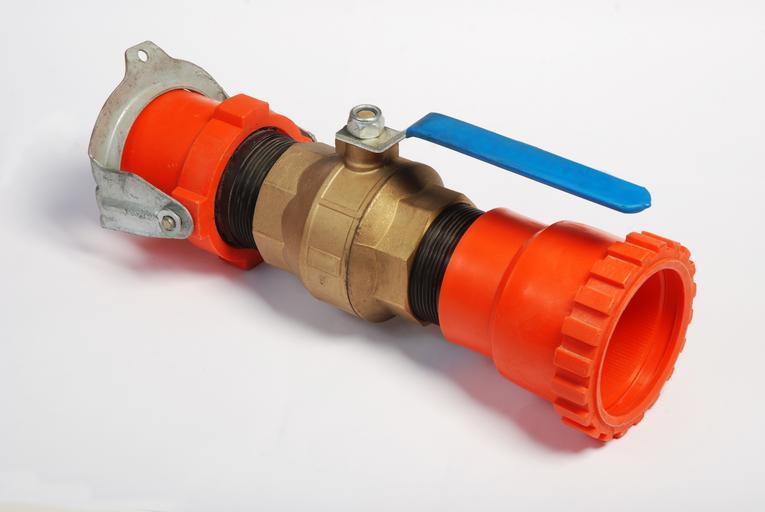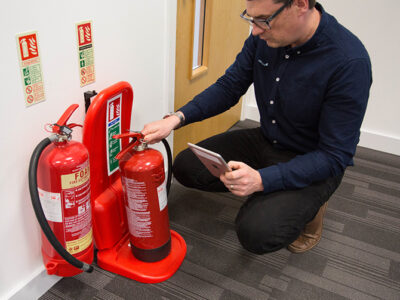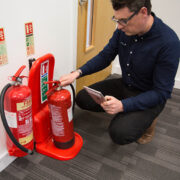
A pressure switch valve is an instrument for measuring pressure used as a part of the industrial process system or protecting equipment. Its function is to protect the initial characteristic of the equipment against the under pressure or overpressure placed on them at the time of operation.
This pressure switch valve at viconics generally consists of a sensor, a two-position switch (open and closed), and a setpoint adjustment mechanism. As a setpoint adjustment method, in almost all applications, a spring with an adjustment band that must be selected according to the setting and working pressure and the opposite way to the pressure placed is used.
The most used among the mechanisms of state change is the microswitch; it can also be used as a glass ampoule with mercury, which closes or opens the contact, being seen as usual closed or normally open.
How The Pressure Switch Valve Works?
In its beginning, the compression reservoir is found to be empty. As soon as it is turned on, the pressure switch valve activates the engine, starting to fill the reservoir. When the pressure in the reservoir reaches the maximum point placed on the pressure switch, the engine is turned off, and, at that time, the compressor stops running.
Using compressed air, the pressure drops until it reaches the minimum point placed on the pressure switch; the engine is then started, restarting the cycle of filling the reservoir present in the compressor. While the point of attachment is called a cut-in, the switch-off point of the pressure switch is called a cut-out.
The difference between the two pressures can be called the differential, being identified within the figure by a gray band.
About the accessories used: generally, in addition to the primary pneumatic connection and electrical wiring, there is also a valve connected to the compressor head utilizing a duct. The function of this valve is to drain the residual pressure placed on the head before the engine restarts so that it can start with a reduced load. These valves are called relief valves.
The electrical capacity of the pressure switch valve must be compatible with the power placed on the motor to be controlled. In the case of large motors, above the specification given by the pressure switch, it is recommended to place devices close to the starting of motors coupled between the motor and the pressure switch or contactors.
A critical consideration that must be made about using the pressure switch is its useful life, regardless of the desired sensitivity or pressure. If the number of cycles your valve must operate (lifetime) is one million times or less, using bourdon or diaphragm styles is recommended.
If that number is exceeded, use the piston style. There is an exception to this rule that can be performed when the pressure variation within the system is minimal, 20% or even less concerning the adjustable range. Under these conditions, the bourdon or diaphragm styles can be used within up to 2.5 million cycles, only after the sensor fatigue appears.
Another consideration when choosing a pressure switch is to check the cycling speed without any connection to the service life. If there is a need for more than one cycle within three seconds, the piston style needs to be specified.











